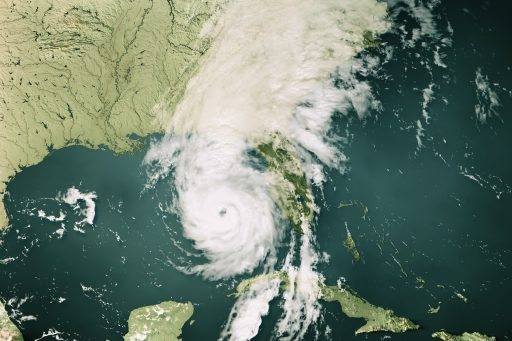When a disaster happens, hospitals must act fast to keep patients safe. IV fluids are very important in hospitals. They help give patients medicine, keep them hydrated, and support life-saving treatments. But when Hurricane Helene damaged a critical IV manufacturer. Hospitals everywhere had to find a way to stretch their supply. An IV shortage was in full swing.

This facility was responsible for creating the majority of IV supplies used across the nation. This sparked heated discussion across the nation, from large hospitals to small rural health centers. How are we going to survive with IVs?
Astera Health didn’t wait for the problem to fix itself. Instead, staff worked together and made smart decisions to make sure they had enough IV fluids for the people who needed them most.
What Caused the IV Shortage?
On September 26, 2024, Hurricane Helene hit Florida, Georgia, South Carolina, and North Carolina with strong winds and heavy rain. The storm destroyed roads, buildings, and factories, including the Baxter-North Cove plant in North Carolina, where 60 percent of the country’s IV fluids are made.
Since trucks couldn’t get in or out, the factory couldn’t send hospitals the IV fluids they needed.
How Astera Health Solved the Problem
- Acting Fast with Emergency Planning
On October 9, 2024, Astera Health activated its Hospital Incident Command System (HICS). This team helps hospitals make fast, smart decisions during a crisis.
One of their first choices was to pause non-emergency surgeries to save IV fluids until they could figure out exactly how much they had. They were unsure how long this IV shortage would last.
- Counting and Saving IV Fluids
At first, medical staff didn’t have an exact count of their IV supplies. So, their Materials Management team did a careful inventory check.
Once they knew how much IV fluid they had, they decided to restart surgeries, but they used fluids wisely.
- Finding More Suppliers
Since Baxter’s factory was shut down, Astera Health found new vendors to get IV fluids from. This helped them keep supplies steady and not depend on just one vendor.
- Using IV Fluids Wisely
Astera Health also changed the way they used IV fluids to make them last longer, including:
- Using less IV fluid during surgeries
- Giving some medicines as injections instead of through IV drips.
- Switching to different types of fluids when possible.
- Keeping IV fluids started by EMS teams when patients arrive at the hospital.
These changes did not harm patient care but helped reduce waste and save supplies.
- Communicating with Teams
Astera Health has several locations, so it was important for everyone to stay connected. Weekly meetings were held and the Incident Command team used data tracking software to help leaders, doctors, and nurses stay on the same page.
Back to Normal
By February 19, 2025, IV manufacturing returned to normal. Astera Health fully reopened normal operations thanks to quick action, careful planning, and teamwork.
The IV shortage could have been a larger crisis, but instead, it became a chance for hospitals to improve how they handle emergencies. Astera Health’s response can serve as a guide for hospitals everywhere in preparing for the unexpected.
Always Astera Strong
Astera Health puts patient safety first. For more information about Astera Health and stories like this, visit asterahealth.org. Remember to follow Astera Health on social media for important health updates. For scheduling call 218-631-3510.
